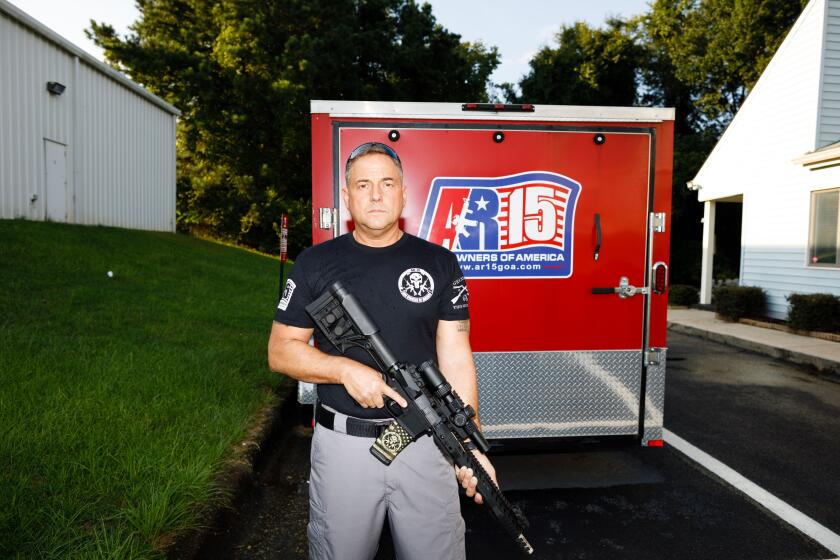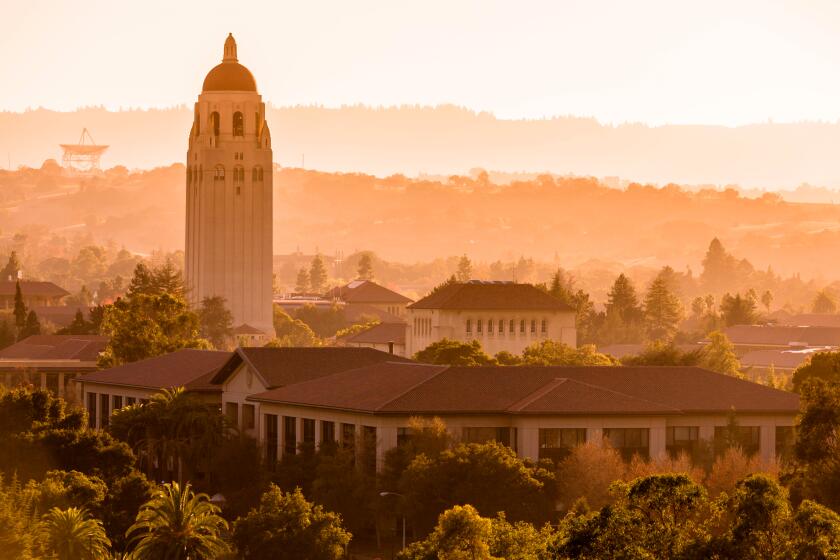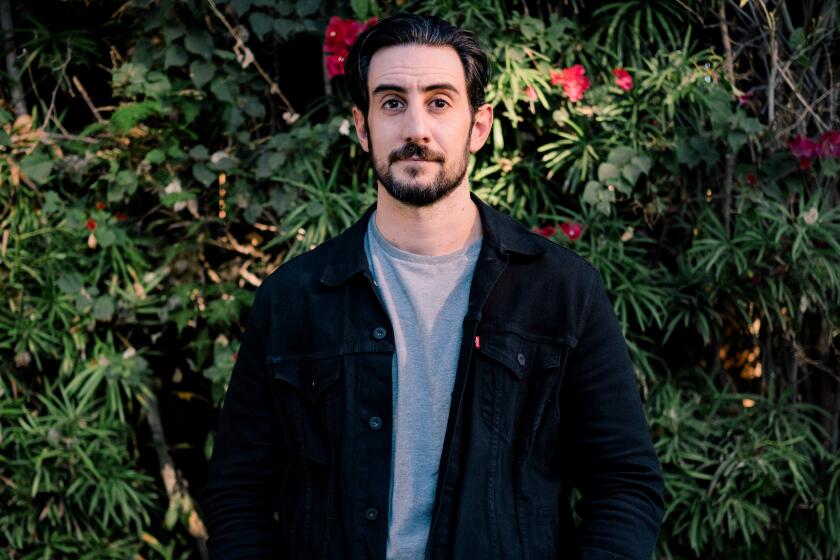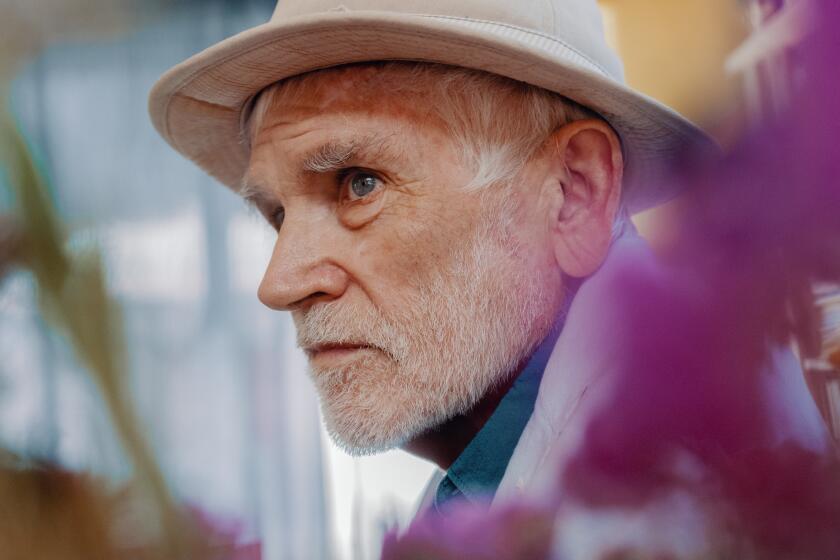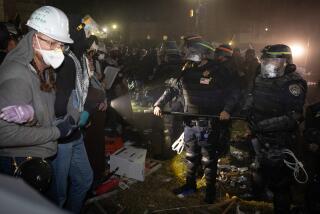The 2010s were a decade of massive protests. Why did most of them fail?
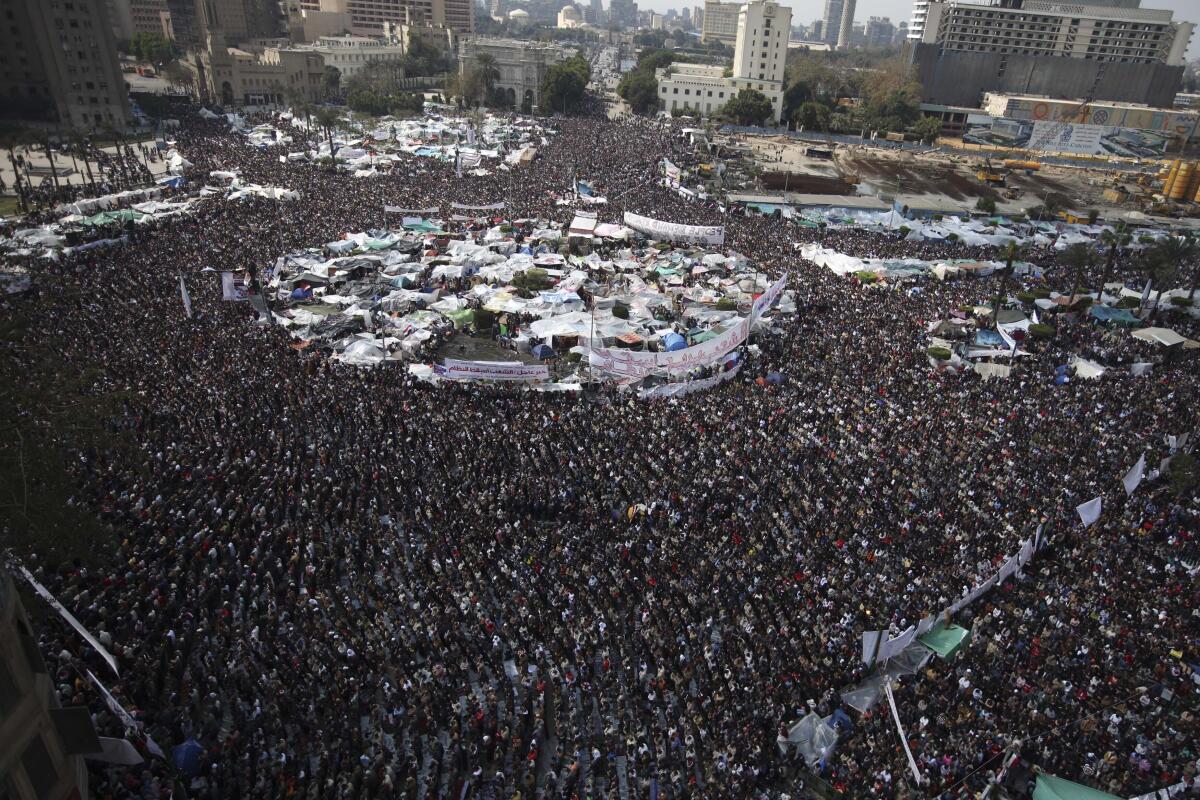
- Share via
Defining a decade is a difficult task. Trying to summarize a span of time like the 2010s, built by financial crisis, capped by pandemic and split nearly down the middle, at least in the American imagination, by the ice pick of the Trump victory, seems like a task best set aside for at least a few more years.
But in a new book, “If We Burn,” journalist Vincent Bevins takes a staggeringly ambitious shot at understanding the very recent past by planting chaos, upheaval and unintended consequences at the heart of the story.
On the Shelf
If We Burn: The Mass Protest Decade and the Missing Revolution
By Vincent Bevins
PublicAffairs: 352 pages, $30
If you buy books linked on our site, The Times may earn a commission from Bookshop.org, whose fees support independent bookstores.
Bevins found himself in São Paulo as a correspondent for the L.A. Times in 2013, when an anarcho-punk collective of bus fare activists semi-accidentally sparked a national protest movement that brought millions of Brazilians to the streets. As a California-born 20-something who had lived in a co-op at UC Berkeley, he had already been connected to the organizers via the local music scene, and followed along as their movement succeeded in reducing transit costs but then spun out of control, ultimately destabilizing the popular left-wing government and unleashing, in Bevins’ telling, the right-wing forces that brought Jair Bolsonaro to power.
The book takes this as a launching point, following similar movements around the world where millions of people poured into streets and squares to protest something but often ended up having exactly the opposite of the intended effect. Starting with the movements that the media dubbed the Arab Spring, Bevins focuses on places where mass protests genuinely threatened or even toppled the government, including Egypt, Turkey, Chile, Hong Kong and Ukraine. That counts out smaller movements in stronger states that were never at risk of falling (sorry, Occupy), countries that collapsed into civil war (Syria) and places where outside governments intervened (Libya).
Reporters Zusha Elinson and Cameron McWhirter discuss their fascinating and dispiriting new book, “American Gun: The True Story of the AR-15.”
In each case, Bevins manages to find a handful of activists who had helped launch the movement and tracks them through the unintended consequences.
Bevins honed his skill for unpacking complicated political history in his last book, “The Jakarta Method,” a masterful account of the Central Intelligence Agency’s anti-communist tactics in Indonesia, which empowered a U.S.-backed dictator to murder an estimated 1 million people — tactics that were then replicated around the world. In “If We Burn,” he sets the table for each mass uprising in a way that often feels like a conversation with an encyclopedically informed globetrotting friend.
The book ends by giving Bevins’ protagonists, the activists who saw their movements shift and warp in front of their eyes, a chance to reflect on what they could have done differently. All land on the idea, to differing degrees, that the anarcho-punk culture of leaderless protest hurt their causes more than they helped them. When the movements got big enough to contest the existing power structures, they were left with no spokespeople, no platform, and no clear plan for taking power. You’re unlikely to find another rigorously reported book this year that ends with its subjects advocating for movements to become more Leninist — in the sense of having a hard core ready to step into a power vacuum.
I spoke with Bevins before the book’s release to ask how such an ambitious project came about, how punk played a part in a decade of turmoil, and more. He will be hosting an L.A. event at Skylight Books in Los Feliz on Oct. 18.
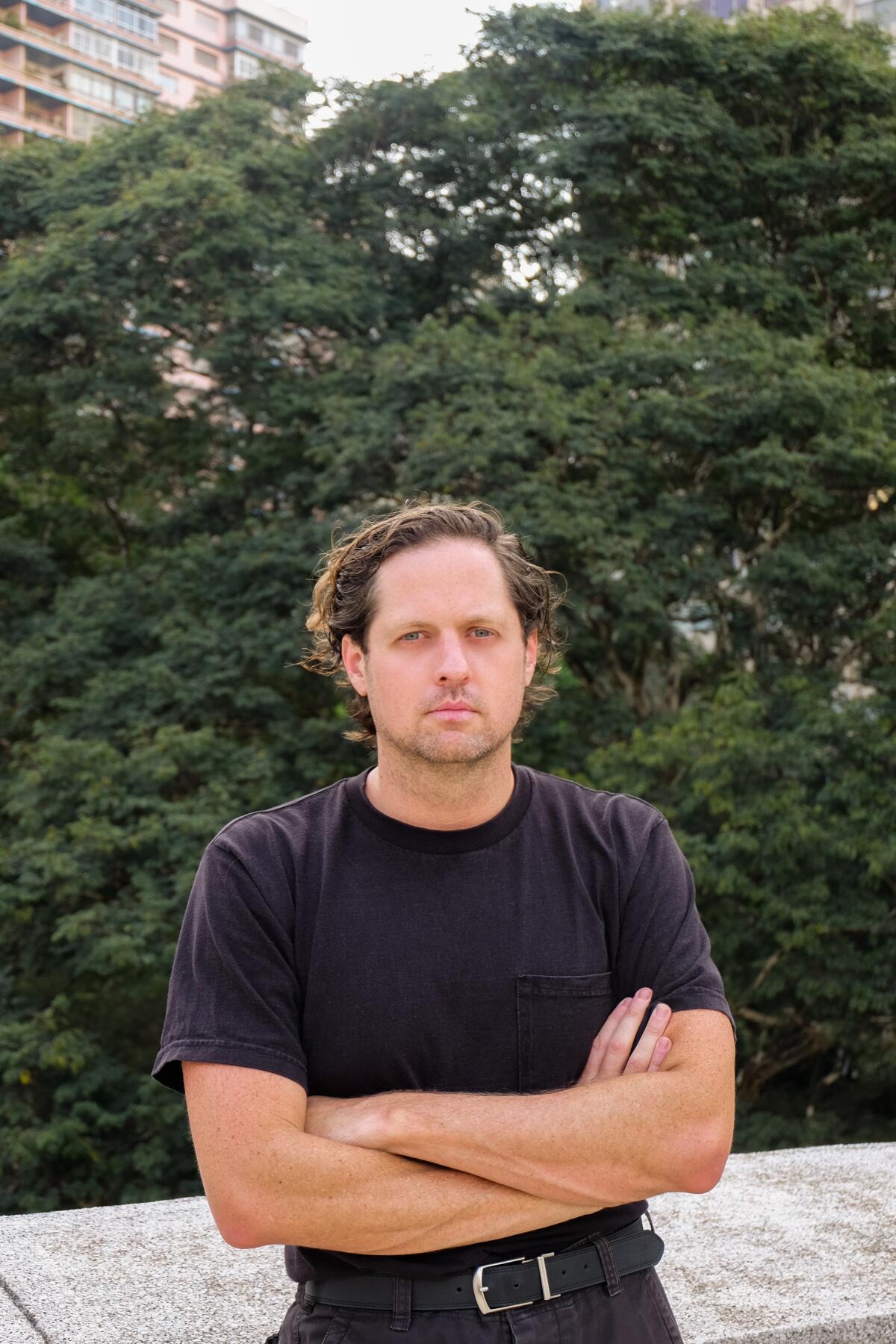
“If We Burn” begins with the protests that swept Brazil — but the project grew to cover 10 countries. Why not just write a book about Brazil?
I think almost everybody that lived through June 2013 in Brazil spent all of the moments afterwards thinking: What just happened? What was that?
So for the rest of the decade, in the back of my mind I’m trying to grapple with that particular popular revolt, and how that led to the opposite of what the original organizers had wanted. But also every time I see something in the news that seems to be similar, I pay very close attention. I remember, for example, very heated debates in Brazil over what was happening in Ukraine in late 2013 and into 2014.
You write that protesters in Istanbul’s Taksim Square were holding up signs in Portuguese — there were clear connections.
Right, and every time in the news throughout the rest of decade, when something similar is happening elsewhere, lots of people I know in Brazil would watch and say, “We hope it doesn’t go the same way that it did here.”
Malcolm Harris, author and firebrand leftist critic, on returning to his roots in ‘Palo Alto: A History of California, Capitalism and the World.’
I probably bring too much of my own personal experiences into the way that I interpret the rest of the world — this is inevitable, but I start viewing it through the lens of the strange and confounding process of euphoria and trauma that we lived through in 2013 in Brazil.
You managed to track down people who were at these major movements from Day 1, in most cases. Given that they all ended up going sideways, why did you want to talk to them in particular?
These types of mass protest explosions — apparently spontaneous, digitally coordinated, horizontally organized mass protests — change from day to day. You really have to talk about every moment of every day, the evolution, and the people that were there at the very, very beginning remember a different story than the people that came later.
So in Egypt, for example, I wanted to find the people that were planning the protests on Jan. 25, and who thought they had no chance of taking Tahrir Square, let alone considering calling for the fall of [Hosni] Mubarak. I really wanted to do the hard work of finding those people.
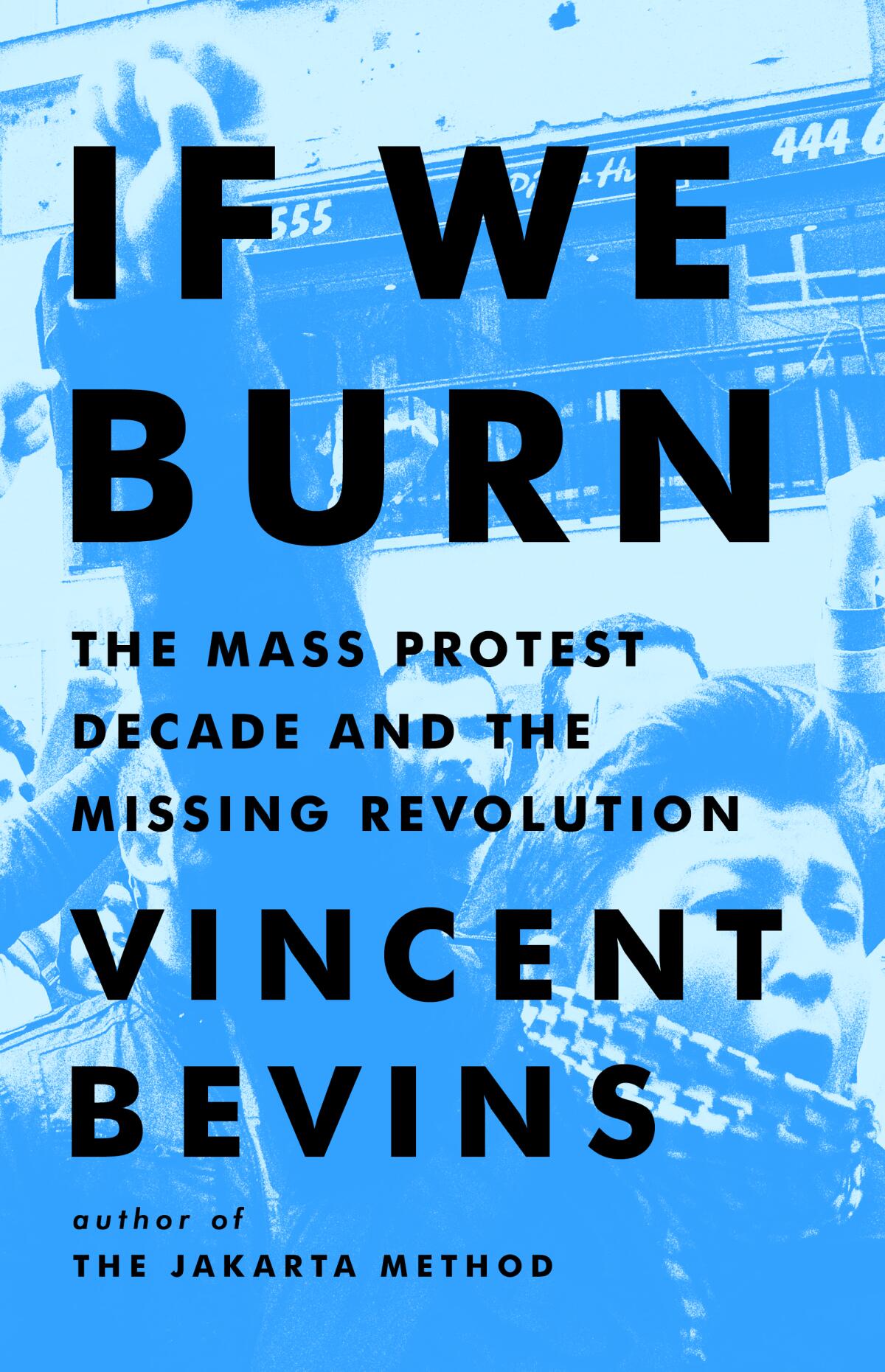
How did you end up in contact with one of the original organizers in Brazil, before anyone could predict that this whole process would unfold?
A guy from a punk rock band called Class War just happened to follow me on Twitter because of another old punk I knew. Punk rock music plays a really interesting role in this book, and in the formation of political subjectivity, especially from the end of the Cold War.
Punk kids and organized football fan clubs — called ultras in most places — crop up again and again.
Oh yeah, ultras are part of the story too. They not only provide meaning for a lot of people around the world, being a fan of a football team, but in this type of mass protest, hooligans or football ultras do very well — they’re used to street fights, they’re used to facing off with the cops, they’re often tough guys that are good at this kind of confrontation.
But punk rock plays a huge part, and I thought it was important to point to how this culture that comes out of the consumption of a particular music product produced initially in the United States and the United Kingdom is what often leads people in my generation to discover a certain idea of politics.
Dan Ozzi’s ‘Sellout: The Major-Label Feeding Frenzy That Swept Punk, Emo, and Hardcore’ tracks the fortunes of Jawbreaker, Jimmy Eat World and others.
It is funny that the connection between punk and anarchism is kind of manufactured, but then becomes a popular political movement across the world.
Right, punk rock music was influential in bringing anarchist ideas to Brazil, but the beginning was pretty cynical.
Malcolm McLaren settled on anarchism as the philosophy for the Sex Pistols, which were launched as a marketing tool for his fashion shop Sex with Vivienne Westwood in London.
But I remember growing up in suburban Southern California, picking up OC Weekly or LA Weekly, and that gave me access to this political and musical culture that I was totally disconnected from. So these art school guys like McLaren creating a consumer product for privileged and materially comfortable young people was somehow our strange bridge back to a larger body of political thought.
You started writing the book in 2019, but the summer of 2020 saw what some have called the largest protest movement in U.S. history erupt after the murder of George Floyd. Did you consider including those protests in the book at any point?
I was very aware of the fact that I am a white American that has not actually lived in the United States since 2006, and that there are going to be a lot of other great books written by people that were much closer to the events of the George Floyd uprising. But despite not explicitly engaging with those protests at all, I did think a lot of U.S. readers would find the book interesting in relation to what they lived through in 2020.
You end the book by asking the people you interviewed what they learned from the protests. Why did you want to include that, rather than sticking to the straight history?
The people I spoke with, from Egypt to Ukraine to Hong Kong to Brazil, were interested in participating in this book because it was about the future, because it could be a way to learn from mistakes and to try to come up with an optimistic, forward-thinking set of lessons for the next generation.
Even in his final act, the legendary scholar and theorist does not mince words. He sees an L.A. that is decaying from the bottom up.
So that was a fundamental part of the project from the very beginning — no one’s interested in having Vincent Bevins explain what is right or wrong about a particular way to organize revolution in the Global South.
Often when I pitched the interview, I asked people to think about what they would say to the next generation of activists or militants or protesters, or indeed regular people, who want to create a better world. And so the end of the book was the opportunity for them to just directly say what they wanted to.
More to Read
Sign up for our Book Club newsletter
Get the latest news, events and more from the Los Angeles Times Book Club, and help us get L.A. reading and talking.
You may occasionally receive promotional content from the Los Angeles Times.
